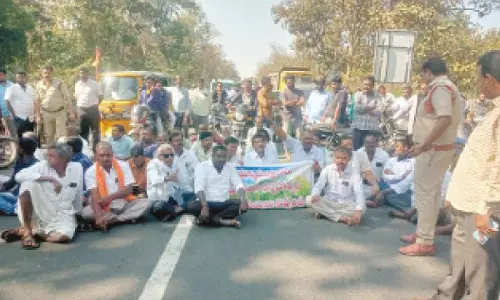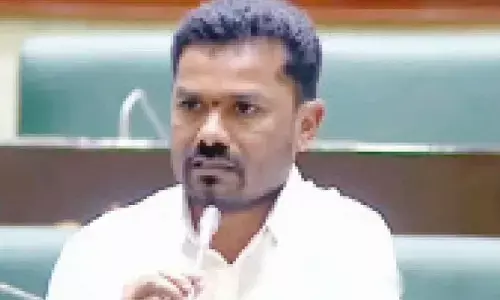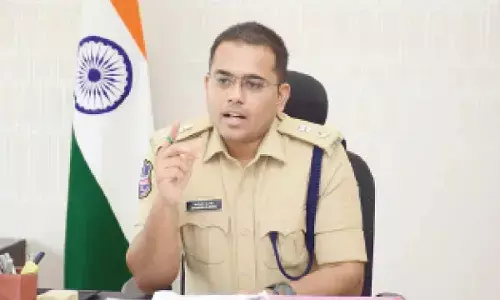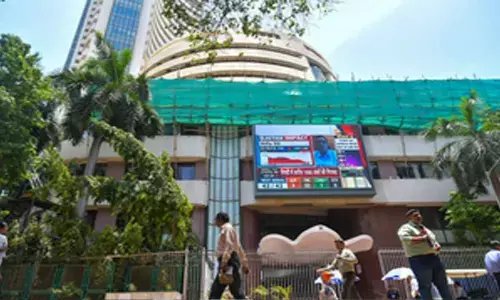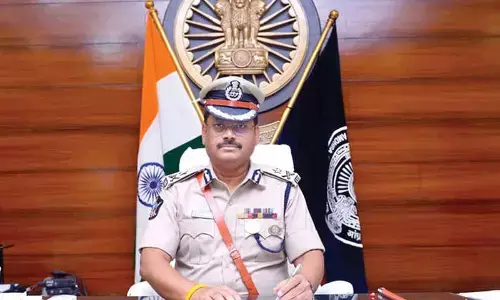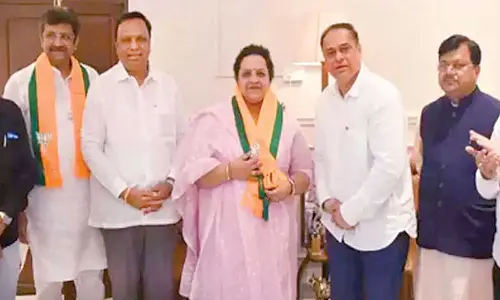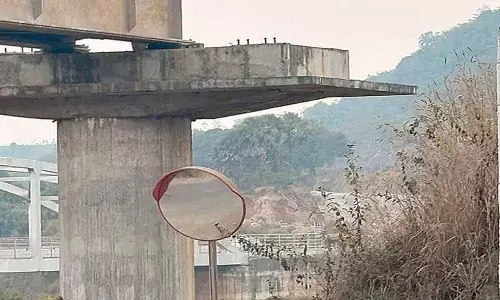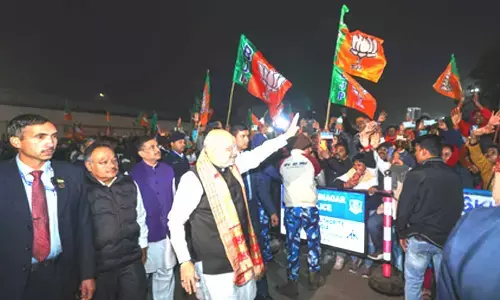Key Unifier Of Modern India
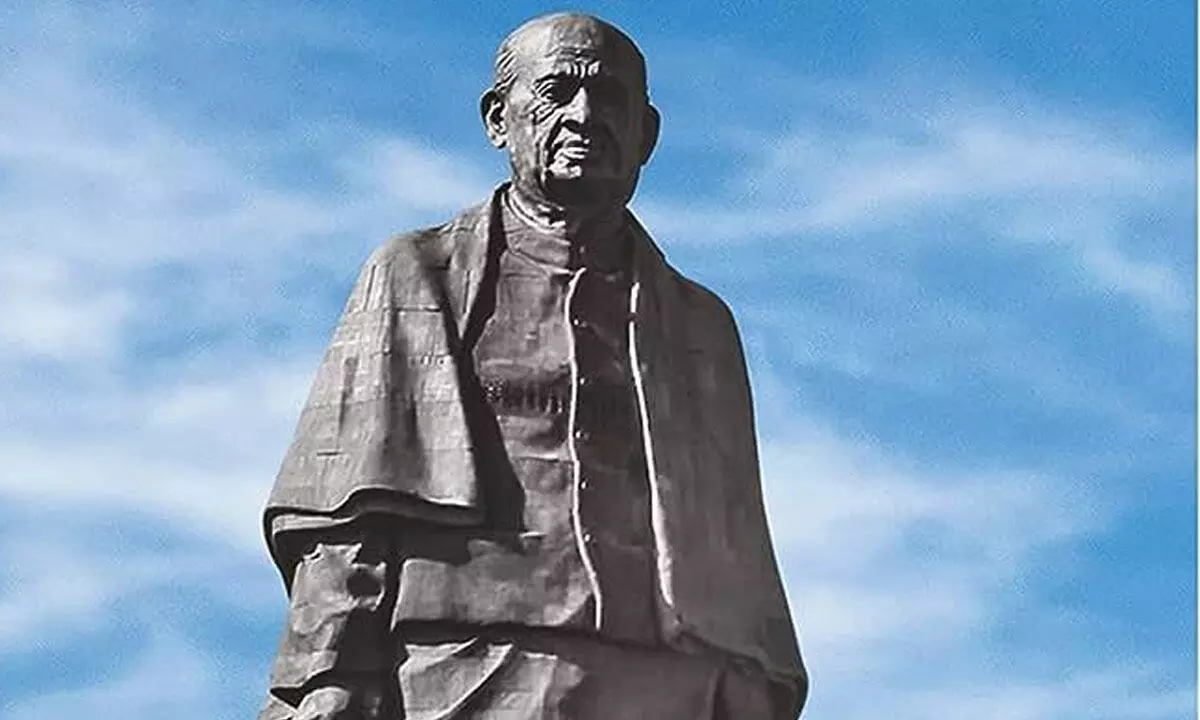
Let us, as a nation, pay our respectful tributes to the memory of the ‘Iron Man of India’, Sardar Vallabhbhai Patel on his Jayanti today. This is also a fitting occasion to recall his extraordinary contribution to uniting Bharat.
Let us, as a nation, pay our respectful tributes to the memory of the ‘Iron Man of India’, Sardar Vallabhbhai Patel on his Jayanti today. This is also a fitting occasion to recall his extraordinary contribution to uniting Bharat.
Sardar Patel is rightly seen as the key unifier of modern India, and was the architect of integrating over 560 princely States into the Union of India at the time of Independence. This included the complex issue of integration of Junagarh and the equally difficult nature of negotiations with the erstwhile Hyderabad state. The Hyderabad situation was aggravated by the stubbornness of the Nizam, who wanted to remain independent or shift loyalties to the newly formed state of Pakistan.
India attained freedom from the colonial rule in 1947, and yet it took a year for Hyderabad to be integrated with the rest of the country. It was Sardar Patel who with his strategic decisiveness, vision and firmness of purpose oversaw ‘Operation Polo’ which ensured the integration of the Hyderabad state into the Indian Union in September 1948.
Sardar Patel stood strong against attempts to balkanize India, as also efforts of the Nizam of Hyderabad to internationalize the issue by taking it to the United Nations. With his statesmanship and vision, Sardar Patel ensured a seamless and peaceful conclusion to the complex task of unifying India.
Sardar Patel’s tenure as India’s first Deputy Prime Minister and Union Home Minister reflects his foresight and administrative capabilities. We also see what an exemplary and tactful negotiator he was.
Sardar Patel was influenced by Mahatma Gandhi in the early stages of his political career and took an active part in the freedom struggle. He organized peasants against the highhandedness of British rulers at Kheda and also in the historic Bardoli Satyagraha. Sardar Patel was immediately catapulted to the centre-stage of national politics and became a prominent leader and was seen as a competent organiser.
We would be doing grave injustice to Sardar Patel’s memory if we do not mention the fact that India’s steel frame, its civil services, was his brainchild. Sardar Patel saw the need for an all-India services structure which would be a binding factor in promoting the unity and integrity of the nation. The significance and far-reaching impact of Sardar’s decision to create the all-India services can be understood today when we assess the exceptional role played by our civil servants in nation-building.
The Narendra Modi government has been pro-active in acknowledging the contribution of ‘the Iron Man of India’ through a number of steps. The announcement of Prime Minister Shri Narendra Modi this Sunday, in his weekly Mann ki Baat radio broadcast that a nationwide ‘Mera Yuva Bharat’ platform will be launched on Sardar Vallabhbhai Patel’s birth anniversary, is to be welcomed. The underlying idea is to give the youth an opportunity to play an active role in various nation-building events.
Similarly, the 182-metre tall ‘Statue of Unity,’ near the Narmada Dam in Gujarat stands as a measure of recognition of Sardar Patel’s exceptional role in integrating disparate princely States and ensuring India’s unity and integrity.
I have always stated that Sardar Patel’s legendary contribution to the unification of India should be included in the curricula of schools and universities by our planners and policy-makers. It is my firm conviction that our youth should be educated about the role of one of the greatest sons of Bharat Mata in unifying the nation.








